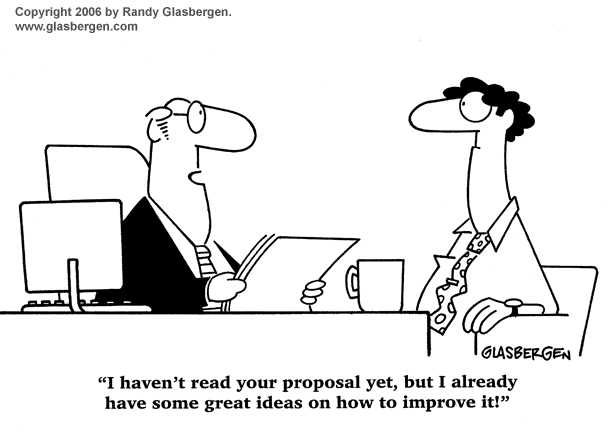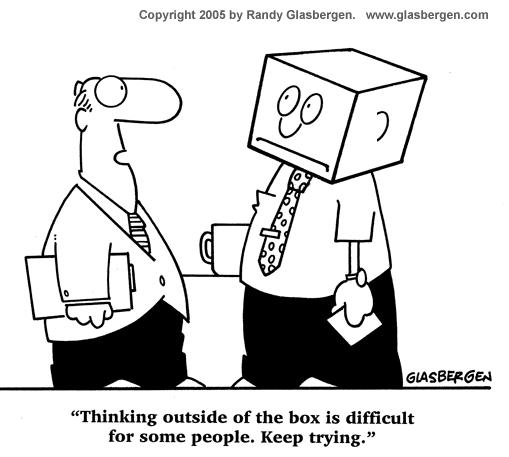A mind-map is a whole-brain method for generating and organizing ideas which is largely inspired by Leonardo da Vinci's approach to note-taking. The concept was brought into the mainstream by Tony Buzan and is based on patterns found in nature and research on how humans think and how the brain works. Mind-maps engage both the right and left hemispheres of the brain, which makes them ideal for stimulating imagination and creativity. Even though mind maps are powerful creativity technique, they're very easy to make.
Mind-maps can be used for the following:
- Personal goal setting
- Problem solving
- Writing a business plan
- Generating ideas
- Improving reading comprehension and retention
- Studying for exams
General Laws of Mind Mapping
1. Get a plain sheet of paper and turn it so that it's on its landscape side. You're also going to need colored pens or pencils.
2. Mind maps represents a task or idea in pictorial form with a minimum of words. They rely on key pictures and key words that act as triggers. In the center of the page, draw a picture or image that represents the central concept of your mind-map.
3. Use colors throughout. Adding images and colors stimulates right-brain thinking; that is, it stimulates creativity and imagination.
4. Write down a key word which represents the central idea. Throughout the mind map you'll use just one key word per line. Keywords exercise your analytical "left brain" and help you find the essence of your subject. Using just one key word per line gives you the freedom to discover the maximum amount of creative associations for your key word. When you first start mind mapping, the temptation to use complete phrases will be enormous, but you should always look for opportunities to shorten phrases to a single word.
5. What are the main concepts or ideas that can be derived from the image and key word you've placed in the middle of the page? Draw anywhere from five to nine thick branches leading out from your central image/keyword. Each of these branches represents a Basic Ordering Idea (BOI), and you're going to find an image and a key word for each.
6. Look at your main branches- your BOIs- and begin making free associations. Draw smaller sub-branches that stem from each BOI to accommodate the new associations you're making. Then connect third-level branches from the ends of the sub-branches, and so on. Let your mind work freely by association and have fun.
7. Make the branches curve and flow.
8. Use images throughout. The images make the mind-map more interesting and more memorable.
Examples of mind-maps:

MWF class:
Your assignment is to create a mind-map on "DESIGN THINKING" based on your readings from Roger Martin's book The Design of Business. The mind-map should communicate ways one can develop an aptitude of design thinking. Use the "General Laws of Mind Mapping" to help you get started. ASSIGNMENT DUE MARCH 4TH in CLASS.























